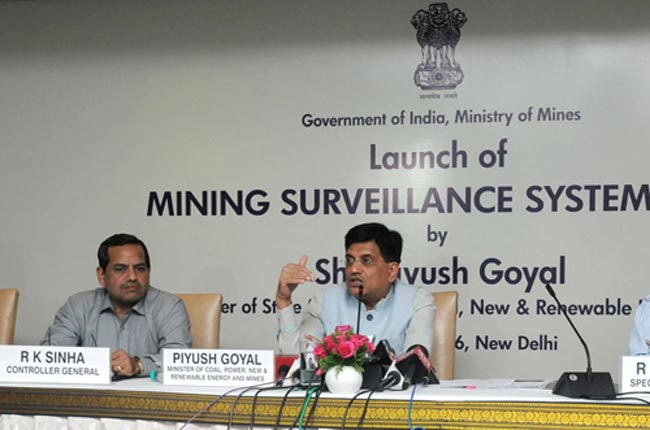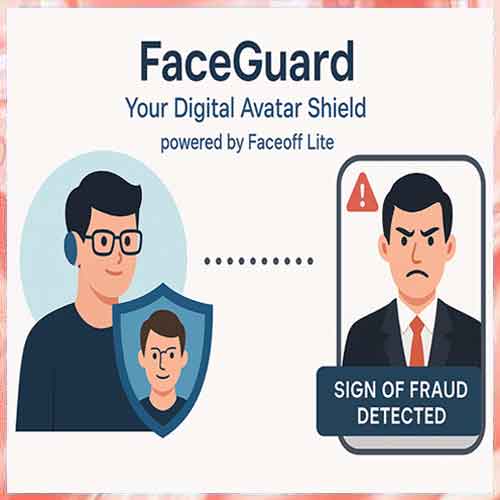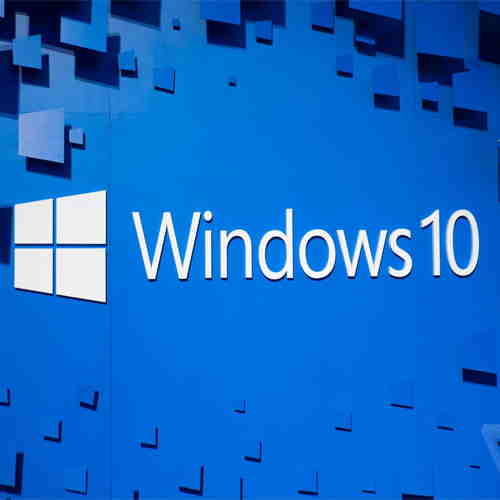
 The union minister of state (IC) for power, coal, new & renewable energy and mines, Piyush Goyal launched the Mining Surveillance System (MSS) to curb illegal mining.
The union minister of state (IC) for power, coal, new & renewable energy and mines, Piyush Goyal launched the Mining Surveillance System (MSS) to curb illegal mining.
MSS is a satellite-based monitoring system which aims to provide responsive mineral administration, through public participation, by curbing instances of illegal mining activity through automatic remote sensing detection technology.
Ministry of mines, through Indian Bureau of Mines (IBM), has developed the MSS, in coordination with Bhaskaracharya Institute for Space Applications and Geo-informatics (BISAG), Gandhinagar and Ministry of Electronics and Information Technology (MEITY), to use space technology for curbing illegal mining activity in the country.
Been developed under the Digital India Programme, MSS is one of the first such surveillance systems developed in the world using space technology. The current system of monitoring of illegal mining activity is based on local complaints and unconfirmed information but there is no robust mechanism to monitor the action taken on such complaints.

Following PM’s vision, in the MSS the Khasra maps of the mining leases have been geo-referenced. The geo-referenced mining leases are superimposed on the latest satellite remote sensing scenes obtained from CARTOSAT and USGS. The system checks a region of 500 meters around the existing mining lease boundary to search for any unusual activity which is likely to be illegal mining. Any discrepancy if found is flagged-off as a trigger.
Automatic software leveraging image processing technology will generate automatic triggers of unauthorized activities. These triggers will be studied at a Remote Sensing Control Centre of IBM and then transmitted to the district level mining officials for field verification. A check for illegality in operation in conducted and reported back using a mobile app.
A user-friendly mobile app has been created which can be used by these officials to submit compliance reports of their inspections. The mobile app also aims to establish a participative monitoring system where the citizens also can use this app and report unusual mining activity.
An executive dashboard has been designed under MSS to work as a decision support system. Using this dashboard, officials can track the current status of mapping of the mining leases, reasons for triggers, the status of inspections related to triggers generated, the penalty levied etc. for all major mineral mining leases across the country.
The advantages of remote sensing technology based monitoring system are that it is transparent; bias-free and independent; deterrence effect; quicker response and action; and effective follow-up.
There are in total 3,843 mining leases of major minerals in India out of which, there are 1,710 working mines and 2,133 non-working mines. Most of the working mines have been digitized. Efforts for completing the digitization of non-working mines are being made through the state governments, which would be completed in 3 months’ time.
In the initial phase, a total of 296 triggers have been generated in the MSS software across the states which covers a total area of 3,994.87 hectares under the system.
State-wise data for successful triggers can be summarized as Madhya Pradesh (46), Goa (42), Karnataka (35), Gujarat (32), Andhra Pradesh (29), Tamil Nadu (29), Rajasthan (23), Odisha (20), Himachal Pradesh (11), Maharashtra (8), Meghalaya (7), Chhattisgarh (6), Telangana (6) and Jharkhand (2).
The process is underway to launch a similar system for minor minerals in coalition with the state governments. The states of Haryana, Telangana and Chattisgarh have been selected for a pilot launch.
See What’s Next in Tech With the Fast Forward Newsletter
Tweets From @varindiamag
Nothing to see here - yet
When they Tweet, their Tweets will show up here.




























